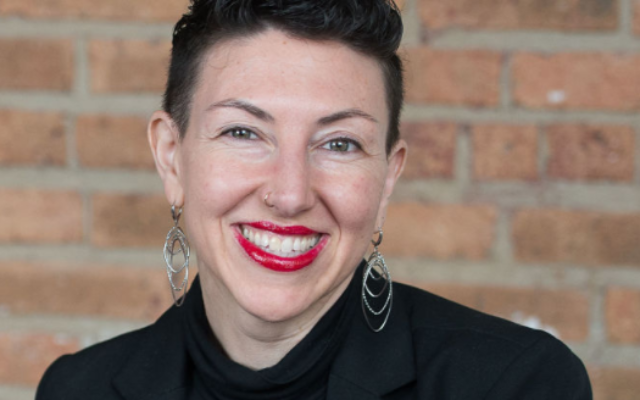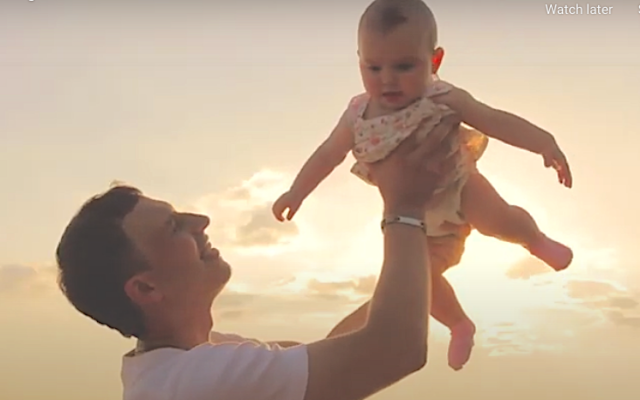New Study of U.S. Jews Not All Good News
Study by Pew Research Center finds generational and denominational divide increasing.
A major new study of American Jewish life highlights the continuing appeal of intermarriage among non-Orthodox Jews, the change in patterns of Jewish acceptance among young adults, and the growing divide between Orthodox and non-Orthodox communities.
The study, completed by the Pew Research Center in Washington, surveyed a cross section of over 4,700 American Jews over an eight-month period in 2019 and 2020.
The 275-page study was filled with statistics and charts and backs up what even casual observers of the Jewish scene in America have noticed: A majority of non-Orthodox Jews are finding their marriage partners outside their faith.
Over the past 10 years, nearly three-quarters of non-Orthodox Jews married non-Jews, the study found. Of all the Jewish couples now living in America, 42 percent have non-Jewish partners.
While that figure is significant, it is not much more than it was in 2013, when the Pew Research Center conducted its initial study of American Jewry.
That report and a number of other similar statistics in the recent study were taken as an encouraging sign by Eric Robbins, president and CEO of the Jewish Federation of Greater Atlanta.
“I think that we’ve done something right in these last 25 years and we’ve been very welcoming, and we’ve helped ensure families feel a part of the Jewish community. And I think we have to celebrate that. I really do,” Robbins said. “I think that we did not see the trends that we could have seen. In fact, there’s more Jews in America now than there were in the last survey.”
In the last decade, the Jewish community in Atlanta has developed a range of initiatives aimed at rekindling Jewish identity outside synagogue life, he said.
A few of the initiatives Robbins cites: There is support for cultural programs in film and music and family programs such as JumpSpark, which is aimed at Jewish teens; the Jewish Kids Groups that provide after-school Jewish education; and the PJ Library that provides Jewish books for young families.
But despite the large sums spent on innovative programs and other initiatives such as Birthright, 40 percent of young Jews under 30 today call themselves “Jews of no religion,” up from 32 percent in 2013. This group identifies as either atheist, agnostics or “nothing in particular.”
The Federation actively supports organizations such as 18Doors and its Atlanta rabbi, Malka Packer-Monroe, in an active effort to welcome Jews who are on a spiritual search.

Likewise, national leaders such as Rabbi Lizzi Heydemann, who was educated in the Conservative seminary but went on to start Mishkan Chicago, is now part of a loose coalition of seven synagogues called the Jewish Emergent Network that is committed to revitalizing Jewish engagement.
Following the release of the study, she told a national conference call that more can be done to attract Jews on the fringes of the community: those who are either Jews of color, Jews by choice, and those who consider themselves having a different gender or sexual identity who don’t find a warm welcome in the generally accepted denominations. Rabbi Heydemann said they may be searching for something that lies outside the denominational model of synagogue life.
“Ten years ago, I was myself a single young adult. And so I can really speak from the perspective of ‘we.’ I’m noticing among young adults, which I think is borne out in this data that, as we get younger, we are more diverse in terms of gender, in terms of race, in terms of the way that we fluidly move between Jewish spaces. Meaning for the people who aren’t identifying as Reform or Conservative and are identifying as something else, I don’t actually know that the ‘something else’ is less Jewish or less practicing.”
For those who are committed to one branch of Judaism or another, the divide between Orthodox and non-Orthodox Jews is deepening.
That growing divide in the Pew data shows that 61 percent of Reform Jews and 71 percent of Conservative Jews had more in common with Jews in Israel than they did with their fellow Orthodox Jews in America. Fully 91 percent of Orthodox Jews feel they have more in common with Israel than their non-Orthodox neighbors.




comments